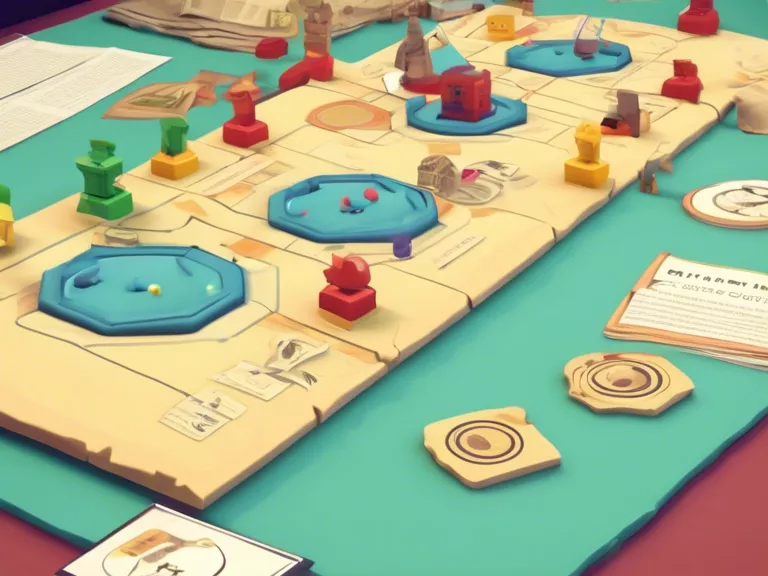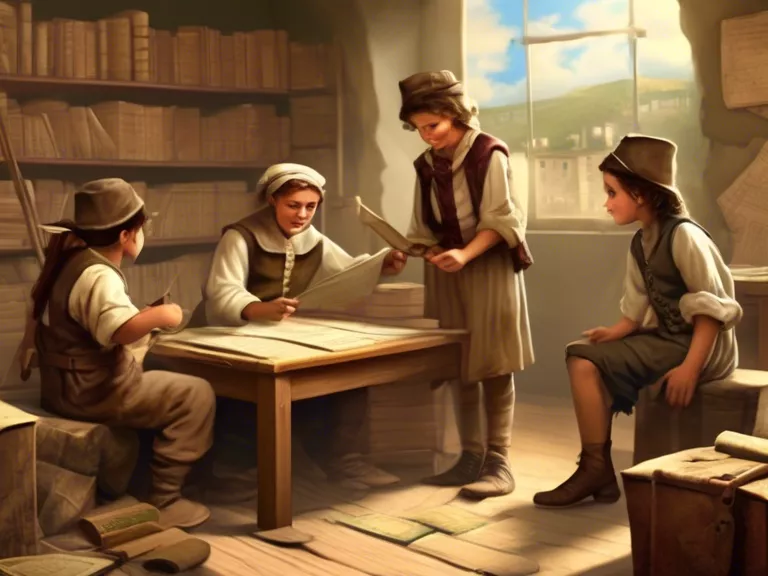
Introduction
In recent years, gamification has emerged as a powerful tool for enhancing learning experiences across various disciplines, including history. By integrating game elements into educational settings, educators have found a way to engage students in a more interactive and immersive way. When it comes to history, gamifying the learning process can make the subject more intriguing, memorable, and enjoyable for learners of all ages.
The Power of Gamification in History Education
Engagement and Motivation
One of the key benefits of using gamification in history education is its ability to engage and motivate students. By turning historical events into interactive games, learners are more likely to become actively involved in the learning process. The competitive nature of games and the immediate feedback they provide can stimulate students' interest and encourage them to delve deeper into historical content.
Retention and Understanding
Games have the power to enhance retention and understanding of historical facts and concepts. When students actively participate in historical simulations or role-playing games, they are more likely to remember key details and connections between events. By experiencing history through gameplay, learners can develop a deeper understanding of the complexities of the past and how different factors have shaped the world we live in today.
Examples of Gamified History Learning
Time Travel Adventures
One popular way to gamify history education is through time travel adventures. In these games, students are transported to different time periods and must navigate historical events by making decisions that impact the course of history. By immersing themselves in the past and experiencing it firsthand, learners gain a new perspective on how historical figures lived and the challenges they faced.
Historical Quests and Challenges
Another effective method is to create historical quests and challenges that require students to solve puzzles, uncover clues, and complete tasks related to specific historical events. By gamifying the learning process in this way, educators can promote critical thinking skills, problem-solving abilities, and teamwork among students.
Implementing Gamification in History Education
To successfully integrate gamification into history education, educators should:
- Set Clear Learning Objectives: Define the learning outcomes and historical concepts that students are expected to understand through gameplay.
- Choose Appropriate Game Formats: Select games that align with the curriculum and cater to different learning styles.
- Provide Feedback and Rewards: Offer feedback and rewards to motivate students and reinforce their learning progress.
- Encourage Collaboration: Foster collaboration among students by incorporating group activities and challenges into the games.
- Reflect and Evaluate: Reflect on the effectiveness of gamification in history education and make adjustments based on student feedback and performance.
Conclusion
Gamifying history education offers a dynamic and engaging approach to learning that can benefit students in numerous ways. By leveraging the power of games to immerse learners in historical narratives, educators can enhance engagement, retention, and understanding of key historical events and concepts. Through interactive play, students can develop a deeper appreciation for the complexities of the past and gain valuable skills that will serve them well in their academic and personal lives.



